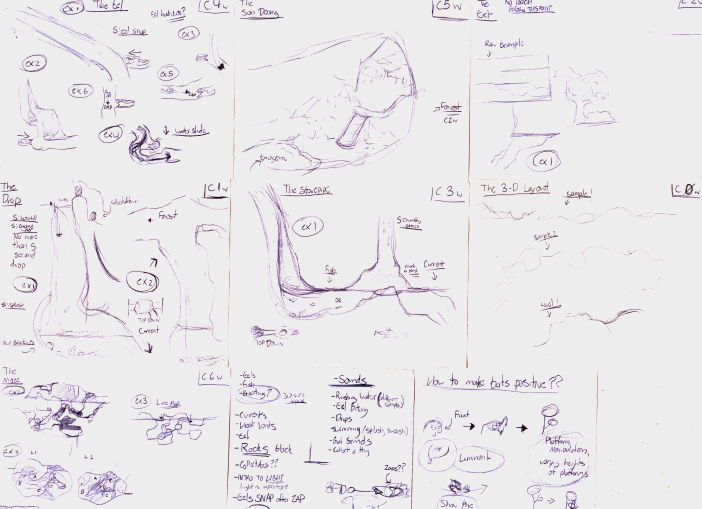It’s finally time for our game to take flight!
After working for a long year, running into road bumps, problems, and difficulties along the way, our game has finally hit the show floor! On Wednesday, we attended the Stout Game Expo, where all of the Game Design students at Stout showcase the games they have been working for the past few months. We were blown away by the attendance! Just look at all of these people!

If you look over to the right, you can see our display.

And here’s a closer look! We had an incredible turnout and quite a lot of positive reception. Many people were interested in our game, and we got to talk to lots of people and share a few of the experiences and wisdom we had garnered creating the game. We were even voted to be the best 3D game of SGX! Overall, I’d consider it a huge success!
That being said, it’s been a long year but we’re finally getting ready to wrap up…
Well, not quite yet. Right now, we’re currently at GlitchCon to show off our game. Unfortunately, it’s too late to purchase tickets, but if you’re attending please be sure to look for us!
Additionally, and perhaps more relevantly, we’ll be appearing at the School of Art and Design Senior Show on Friday May 6th! The show runs from 5pm to 9pm and will showcase senior projects developed through the semester, including our very own Everend. If you missed us at SGX or would like to see it in an even more polished state, be sure to visit us at the show! Attendance i
It’s been a long year of work, but the entire team is extremely proud of the game Everend. We’ve poured our hearts and souls into this game and we are ecstatic that the game had such a warm reception! We cannot wait to see what opportunities we’ll have in the future, whether it be further showings at conventions or eventually further developing our game. We look forward to seeing what heights our game soars to!
There may be more news to come as May rolls around, so we’ll see you around then!


